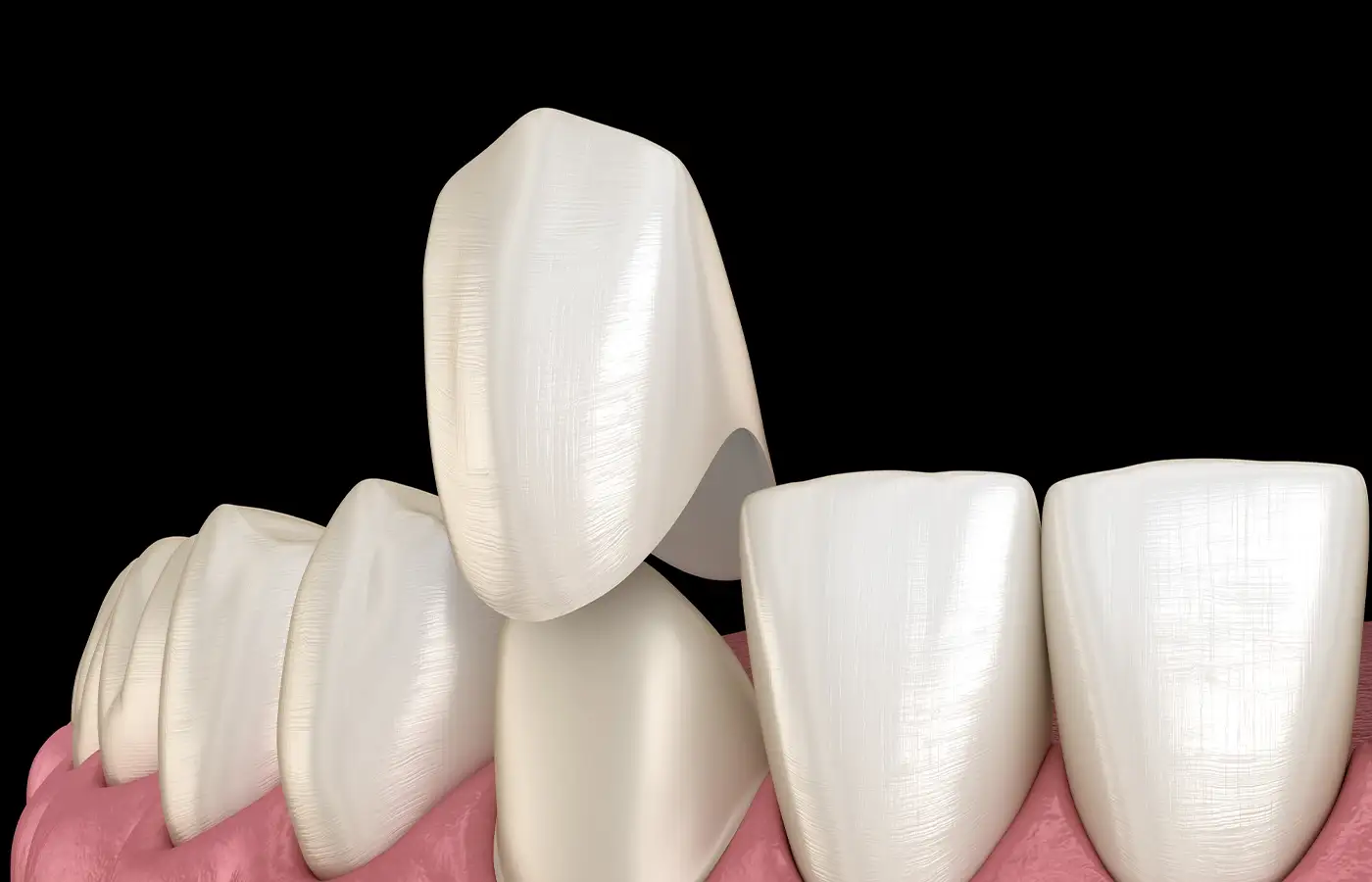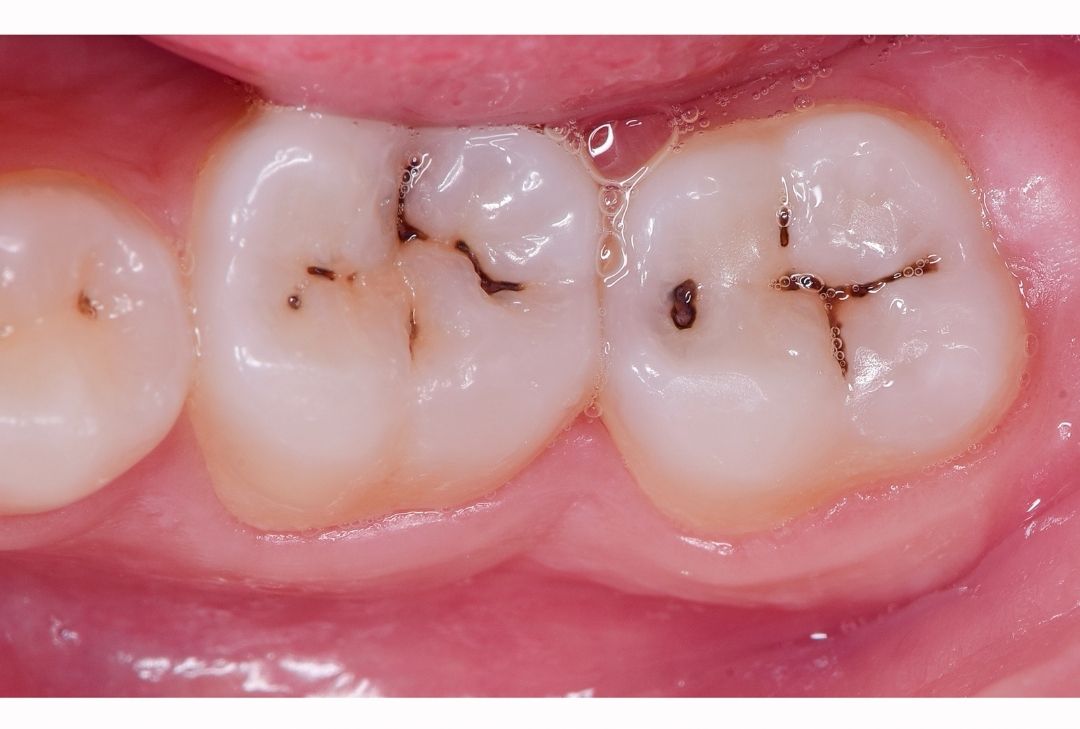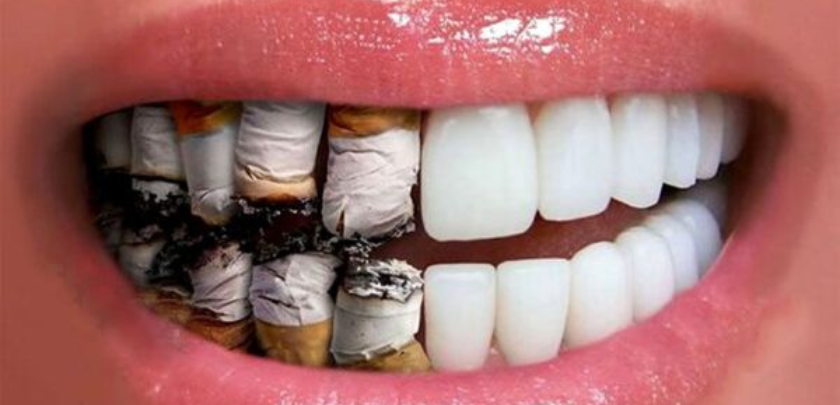When considering a dental crown, knowing the different types(Albanian Health Agency) and their benefits is crucial. Crowns are often recommended to restore a damaged tooth, improve aesthetics, or protect a weak tooth from further deterioration. In this article, we’ll explore the best types of dental crowns, analyzing their materials, longevity, and suitability based on various factors.
The Best Types of Dental Crowns
Several materials are used for dental crowns, and each serves different purposes. Here’s an in-depth analysis of the best types of dental crowns available today:
1. Porcelain-Fused-to-Metal (PFM) Crowns
Porcelain-fused-to-metal (PFM) crowns combine the strength of metal with the natural look of porcelain. The metal foundation provides durability, while the outer porcelain layer mimics the appearance of natural teeth.
Pros:
- Strong and durable due to the metal core.
- Aesthetic because the porcelain matches the color of natural teeth.
- Suitable for both front and back teeth.
Cons:
- The metal base can sometimes show through the porcelain, especially near the gumline.
- Over time, the gums may recede, exposing the metal portion.
Expert Quote: Dr. Michael Harris, a dental materials expert, notes, “PFM crowns offer a balance of strength and aesthetics, making them a versatile choice for patients needing both functional and cosmetic restoration.”
2. All-Porcelain Crowns
All-porcelain crowns are made entirely of ceramic and offer the most natural appearance. These crowns are ideal for patients who prioritize aesthetics, as they can closely mimic the translucency of natural teeth.
Pros:
- Highly aesthetic, especially for front teeth.
- No metal is used, making them a great option for patients with metal allergies.
- Blend seamlessly with surrounding teeth.
Cons:
- Less durable than metal-based crowns.
- More prone to chipping and cracking, especially for molars.
Dental Journal Source: According to the Journal of Esthetic and Restorative Dentistry, all-porcelain crowns are the gold standard for anterior teeth, providing excellent cosmetic results with minimal risk of gum irritation.
3. Zirconia Crowns
Zirconia crowns are made from a strong, biocompatible ceramic called zirconium oxide. These crowns are known for their toughness and resistance to wear and tear, making them ideal for patients with heavy bites or those prone to grinding their teeth.
Pros:
- Extremely durable and fracture-resistant.
- Biocompatible, meaning they are unlikely to cause allergic reactions.
- Can be used for both front and back teeth due to their strength and natural appearance.
Cons:
- Opaque compared to all-porcelain crowns, which can make them look less natural in some cases.
- More expensive than PFM and all-porcelain crowns.
Expert Opinion: Dr. Alice Wong, a prosthodontist, states, “Zirconia crowns are revolutionizing dental restorations, offering patients the strength of metal with the aesthetic benefits of ceramic. They are the best option for back teeth restorations.”
4. Gold Crowns
While gold crowns are not as popular for visible teeth due to their color, they remain one of the most durable and long-lasting options. Gold crowns are often used for molars, where strength and longevity are priorities.
Pros:
- Incredibly durable and wear-resistant.
- Gentle on opposing teeth, minimizing wear on surrounding teeth.
- Rarely chip or crack.
Cons:
- Not aesthetically pleasing for visible teeth.
- More expensive than other types of crowns.
Clinical Research: A study published in the International Journal of Prosthodontics found that gold crowns have one of the longest life spans, often lasting upwards of 20 years with proper care.
5. E-Max Crowns (Lithium Disilicate Crowns)
E-Max crowns are made of lithium disilicate, a type of ceramic known for its strength and superior aesthetics. These crowns are often chosen for their lifelike appearance and durability.
Pros:
- Excellent aesthetics, resembling natural teeth.
- Durable for both front and back teeth.
- Lightweight yet strong, offering comfort for patients.
Cons:
- More expensive compared to other ceramic crowns.
- May not be as durable as zirconia crowns for patients with heavy bites.
Expert Insight: Dr. John P. McLean emphasizes, “E-Max crowns represent a cutting-edge technology in dental materials, balancing strength and beauty. They are often the crown of choice for patients seeking high-end dental restorations.”
Which Dental Crown is Best for You?
The best type of dental crown depends on several factors, including the tooth’s location, your bite strength, any allergies to metals, and aesthetic preferences. Here’s a quick guide:
- For back teeth: Zirconia and gold crowns are excellent choices due to their strength.
- For front teeth: All-porcelain and E-Max crowns are ideal for their natural look.
- For overall balance of durability and aesthetics: PFM crowns offer a versatile solution.
Making the Right Choice
Choosing the right dental crown is essential for both function and appearance. With options like PFM, all-porcelain, zirconia, gold, and E-Max crowns, patients have a wide array of choices tailored to their needs. Consult with your dentist to determine which crown best suits your unique dental situation.
FAQs
1. How long do dental crowns last?
Most crowns last between 10 to 15 years, depending on the material and how well they are maintained.
2. Are dental crowns painful to get?
The procedure is typically pain-free, as your dentist will numb the area during the treatment.
3. Can I eat normally with a crown?
Yes, once the crown is securely in place, you can resume eating your regular diet. However, avoid hard foods initially to prevent damage.
By understanding the best types of dental crowns, you can make an informed decision that ensures long-lasting dental health and aesthetics. Always consult with a reputable dentist who can guide you through this important process.



















